Description
Tomato Currant Gold Rush
Tomato Currant Gold Rush. A Dutch variety popular for its manageable growth habit and excellent heavy set of 1/4″ yellow fruits borne in trusses of 10-12. Indeterminate.
Cultivation Advice
- Use well-draining soil enriched with organic matter. Amend the soil with compost or well-rotted manure before planting to provide essential nutrients.
- Aim for a slightly acidic to neutral pH level (around 6.0 to 7.0).
- Start seeds indoors 6-8 weeks before the last expected frost date. Transplant seedlings outdoors when they have developed a few sets of true leaves and all danger of frost has passed.
- Plant in a location that receives full sunlight, ideally 6-8 hours per day.
- Even though currant tomatoes are small, providing support can help keep the plants upright and make harvesting easier. Consider using stakes, cages, or trellises.
- Install support structures early to avoid disturbing the roots later in the growing season.
- Maintain consistent soil moisture, especially during dry periods. Cherry tomatoes prefer regular watering to prevent issues like blossom end rot.
- Water at the base of the plant to minimize the risk of fungal diseases. Drip irrigation or soaker hoses can be beneficial.
- Use a balanced fertilizer at planting time and side-dress with additional fertilizer when the first fruits set.
- Avoid excessive nitrogen, as it can lead to vigorous foliage growth at the expense of fruit production.
- Apply a layer of organic mulch around the plants to conserve moisture, suppress weeds, and regulate soil temperature.
- While currant tomatoes generally don’t require extensive pruning, removing some of the lower leaves can improve air circulation and reduce the risk of diseases.
- Pinch off any side shoots or suckers that may develop in the leaf axils.
- Monitor plants regularly for signs of diseases, such as early blight or powdery mildew. Use disease-resistant varieties if available.
- Provide good air circulation by spacing plants properly and pruning as needed.
- Tomato Currant Gold Rush is ready for harvest when the fruits are fully yellow and have a sweet flavor. Harvest regularly to encourage continuous fruit production.
- Be gentle when harvesting to avoid damaging the delicate fruits.
- Consider planting basil, marigolds, or nasturtiums nearby to help deter pests that commonly affect tomatoes
- In cooler climates, consider using row covers or other protective measures to extend the growing season.
- If you notice clusters of fruits developing too closely together, consider thinning them out. This allows the remaining fruits to receive more sunlight and air circulation, reducing the risk of diseases and promoting better ripening.
- Understand the specific characteristics of Tomato Currant Gold Rush. These tomatoes are small and can be prolific, so be prepared for a continuous harvest once they start producing.
- Keep a close eye on your plants for signs of pests, such as aphids or spider mites. Use organic pest control methods or insecticidal soap if pest populations become problematic.
- Watch for the presence of tomato hornworms, which can quickly defoliate a tomato plant. Handpick them off if you see them, and consider introducing natural predators like parasitic wasps.
- Provide protection during extreme weather conditions. If there’s an unexpected late frost, cover your plants with frost blankets. Similarly, if there’s excessive heat, provide some shade to prevent sunscald.
- Tomato Currant Gold Rush can be well-suited for container gardening. Use a large container with well-draining soil and provide proper support for the plants.
- Ensure a balanced supply of essential nutrients. Periodically check for nutrient deficiencies and adjust fertilization accordingly. Yellowing leaves may indicate a nitrogen deficiency, while other symptoms could point to deficiencies in other nutrients.
- Consider drying or preserving some of the small tomatoes if you have a surplus. Drying them can intensify their flavor, and preserved tomatoes can be a tasty addition to various dishes.
- If you grow tomatoes in the same location each year, practice crop rotation to reduce the risk of soil-borne diseases. This involves planting tomatoes in a different part of the garden each season.
- Keep a gardening journal to record your Tomato Currant Gold Rush’s growth habits, productivity, and any challenges faced. This information can be valuable for planning future crop.

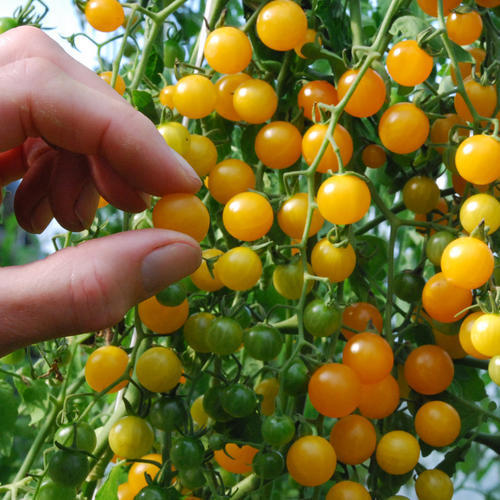
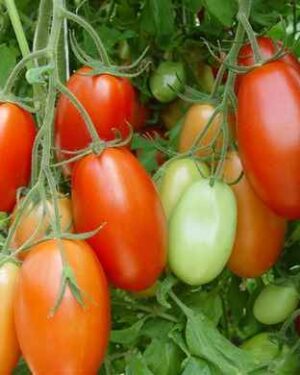
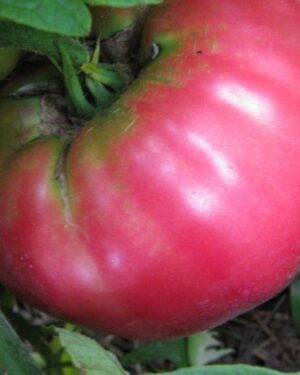
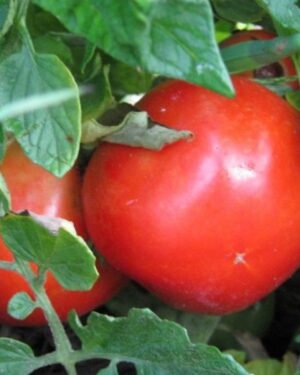
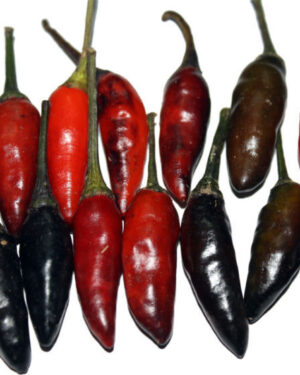

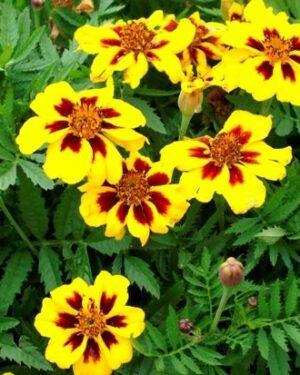
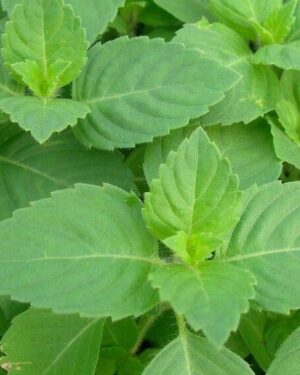
Reviews
There are no reviews yet.